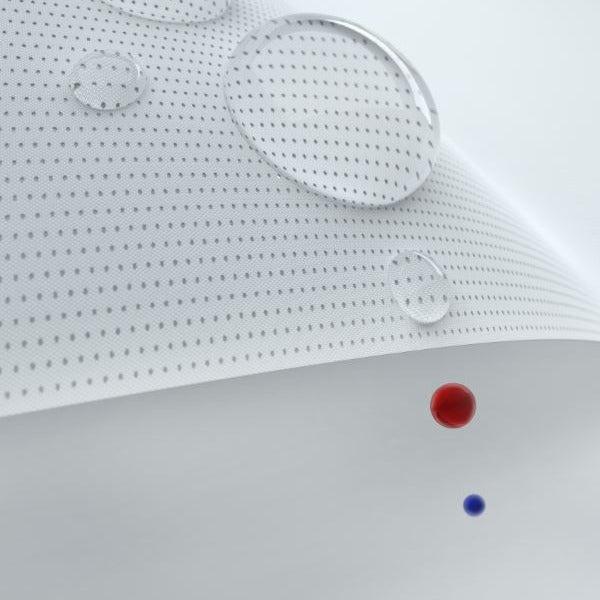PFC-free impregnation
In the textile industry, PFC is mainly used for outdoor clothing, as it gives textiles water- and dirt-repellent properties. But what exactly is behind these three letters? Why is it harmful? And what is used instead at pinqponq?
What is PFC?
PFC (= per- and polyfluorinated chemicals) or also PFAS (= perfper- and polyfluorinated alkyl substances) refers to a very large group of chemicals, which according to current estimates comprises more than 10,000 substances. These chemicals are often used in the textile industry to make fabrics water-repellent, but do not occur naturally in the environment and are therefore not biodegradable.
How does PFC get into the environment?
PFCs can be released during the manufacture, use and disposal of products containing PFCs.For example, rain can dissolve the chemical particles and disperse them in the environment. Even on Mount Everest, one of the most remote places in the world, residues of PFCs can be found as the particles are carried on climbers' clothing.
Why is PFC harmful?
PFCs are bioaccumulative, i.e. they accumulate in all organisms (humans, animals, plants), primarily through ingestion with food or drinking water. The chemicals are suspected of being carcinogenic and impairing fertility
WHAT IS THE ALTERNATIVE?
WHAT IS THE ALTERNATIVE?
The risks of PFCs for the environment and humans are a reason for us to exclude them from our production process. To make our products water-repellent, we at pinqponq use a PFC-free impregnation. This creates the so-called lotus effect. The water forms round droplets that gently roll off the fabric.

